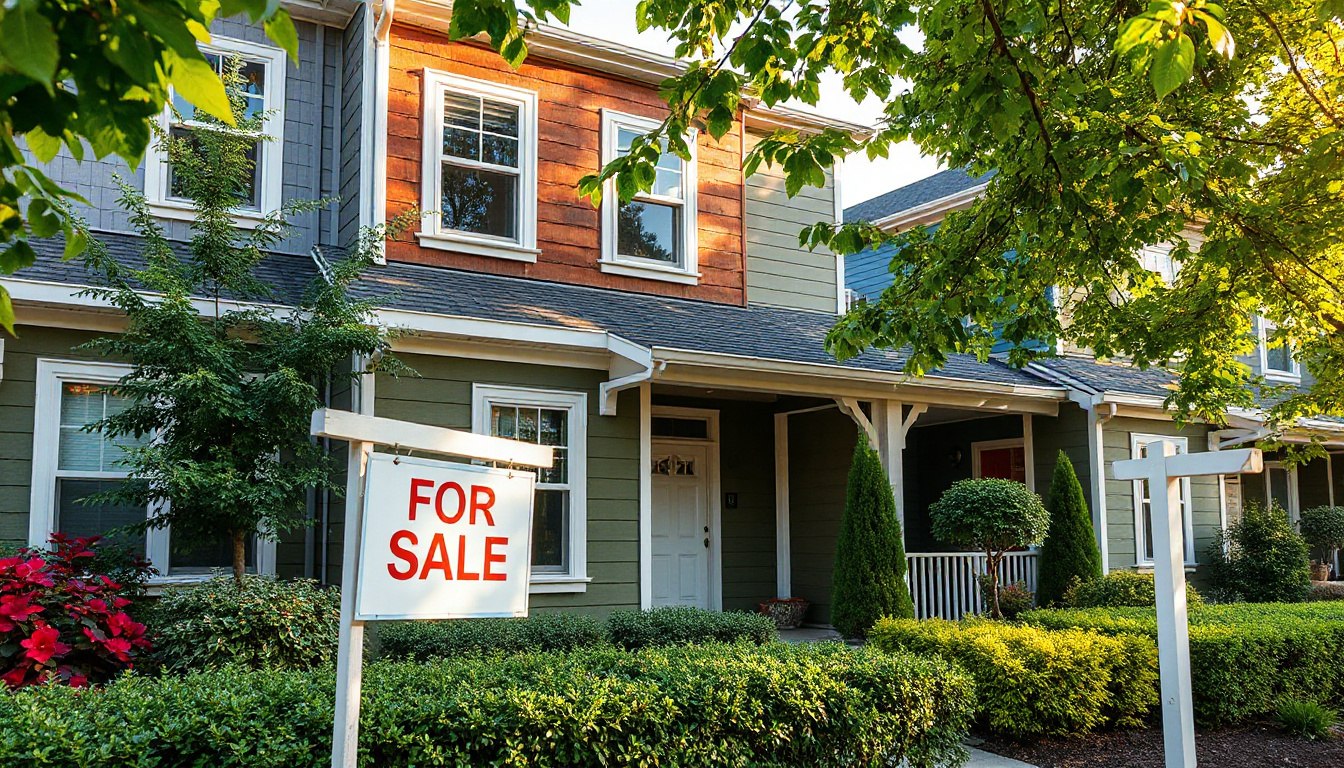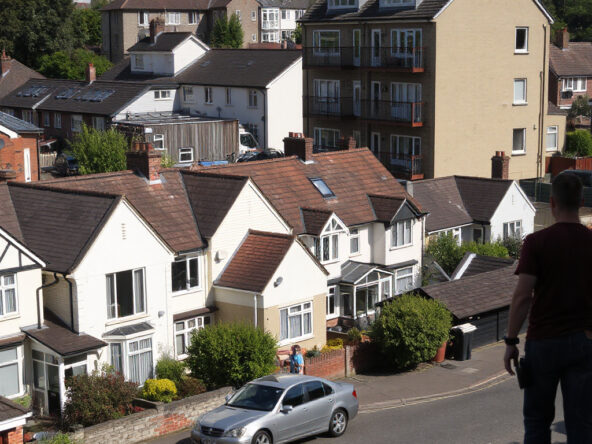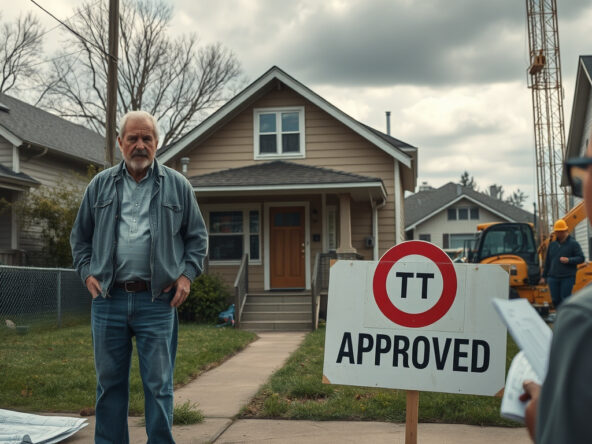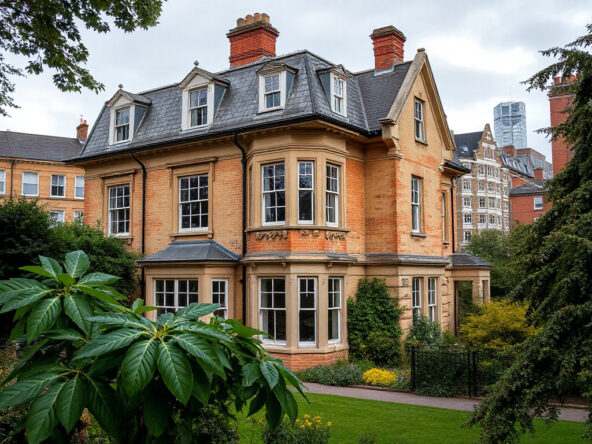Increased Council Tax for Second Homes: What You Need to Know
In property investment, especially in the HMO area, it is important to see how council tax affects second homes. In April 2025, council tax rules in England will change. These changes will affect owners who rent or keep a second home. This article breaks down the changes, explains how they may hit property investors, and gives advice for those who own these homes.
Changes Coming in April 2025
From April 2025, owners of second homes might face higher council tax bills. Local councils may add a premium that doubles the tax for homes that are not a main residence. This rule follows moves made in Scotland and Wales, where councils allowed the same type of increase.
The aim is to help solve housing shortages in popular places. Councils want owners to rent their homes to local people or sell them. Making the cost higher may clear more homes for local residents.
Financial Impact on Homeowners
The cost surge is likely to be steep. On average, a second home’s council tax may grow from about £2,171 to nearly £4,342 a year. Towns that attract holidaymakers or have rising property values will feel this rise the most.
More than 150 local councils are expected to put this premium in action. Homeowners should check news in their area. Regions with strong local attractions, like coastal towns or villages, may see these extra charges.
Identifying Council Tax Premium Applicability
To see if your home is affected, check your local council’s website. Many councils have already voted on the extra tax for second homes.
A second home is one that is set up with furniture but is not the owner’s main residence. Sometimes, a property called "substantially furnished" by a local office may get extra tax, even if it misses some key facilities.
Property Classification: Second Homes vs. Buy-to-Let Properties
Property owners must tell second homes from buy-to-let properties. In most cases, buy-to-let homes do not show council tax bills because tenants pay them. But if the home is in a house in multiple occupation, the owner must pay, even if the cost may be added to the rent.
Empty homes have separate rules too. An unfurnished home that stays empty for a long time may get an extra charge. The extra cost depends on how long the home sits empty.
Potential Options to Mitigate Costs
If the extra tax is too much, some steps may help. Changing a second home into a holiday let might remove the council tax bill. Holiday lets usually come with business rates instead of council tax.
To count as a holiday let in England or Scotland, the home must be available and rented for enough days. In Wales, the home must be rented even more days. Owners must check these requirements before making the change.
Some owners may get a break on council tax if the property is being fixed up or if there are occupation issues. These breaks last for a limited time.
Conclusion
As the rules on second homes change in the UK, property investors must keep up with the news. Knowing the difference between second homes, buy-to-let, and holiday lets is key to move through the new changes.
Local councils will decide on the extra charges, so knowing local rules is a must for every owner. Switching a home to a holiday let or using an available break on council tax can help with costs.
In time, as the property market changes, knowing these obligations will help investors make sound choices. This knowledge will help them keep their investments steady and secure more homes for local residents.



